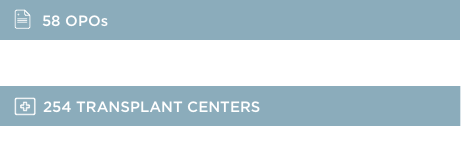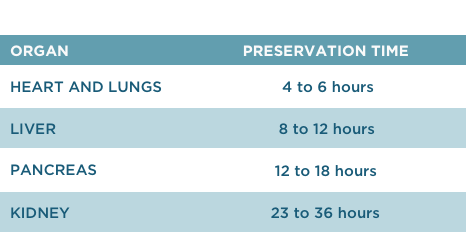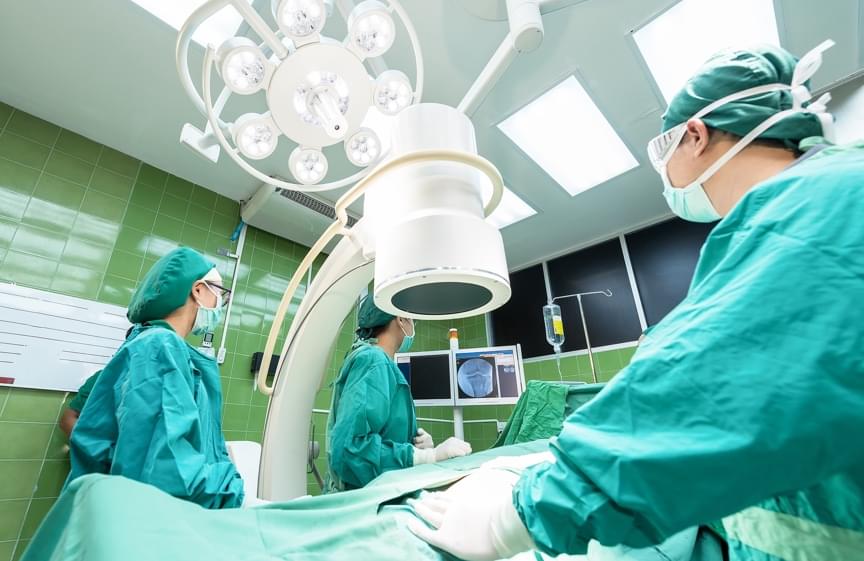Organ Donation Authorization
Authorizing organ donation can happen at any point during a person’s lifetime, or through family or a surrogate after death. Often, a person specifies his or her preference when obtaining or renewing a driver’s license at a state department of motor vehicles (DMV). Designations can also be made through state- or national-level organ donor registries.
Each donor has the potential to donate up to eight organs, which can be transplanted into eight or potentially even more recipients. Donors may specify how their organs will be used, including transplantation, research, or both.
While the number of donated organs has increased, current demand far outpaces supply.

 Download Report
Download Report













